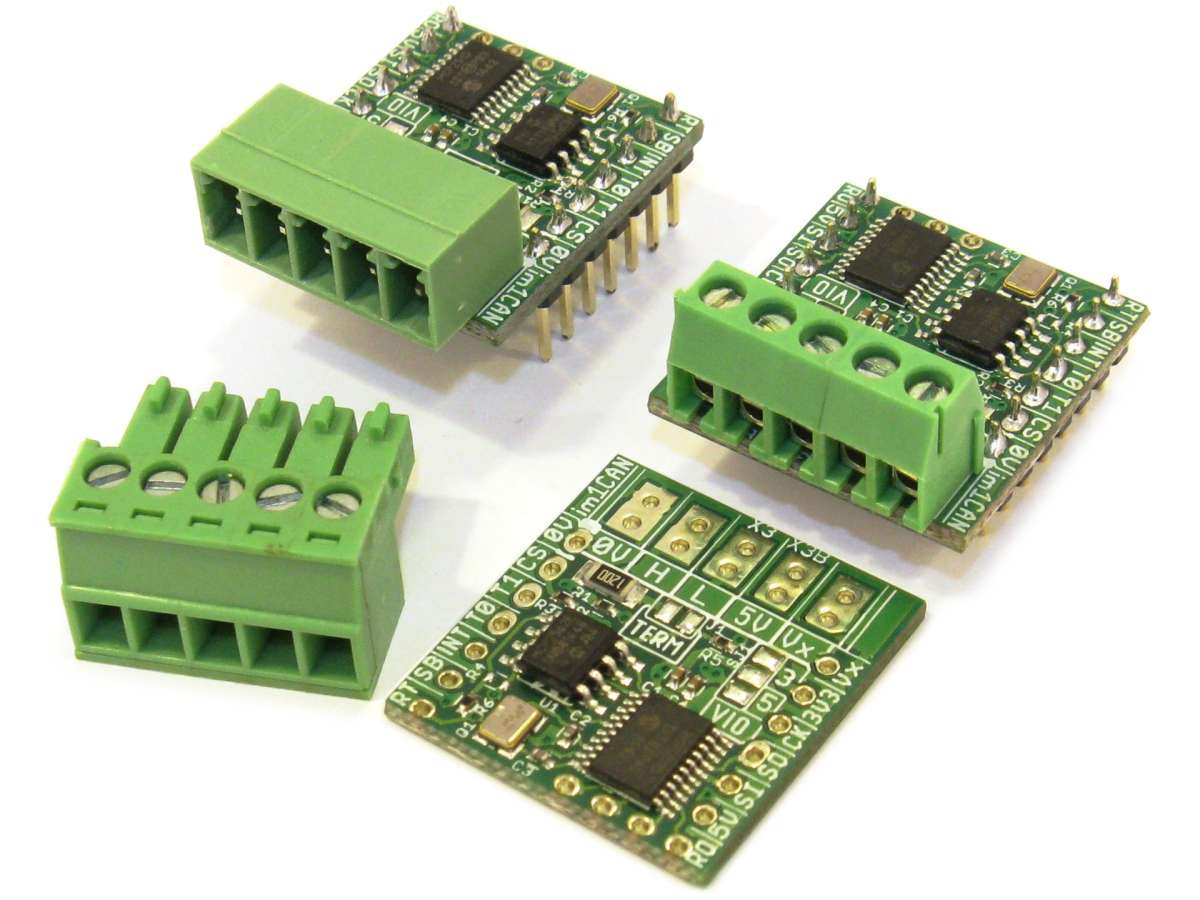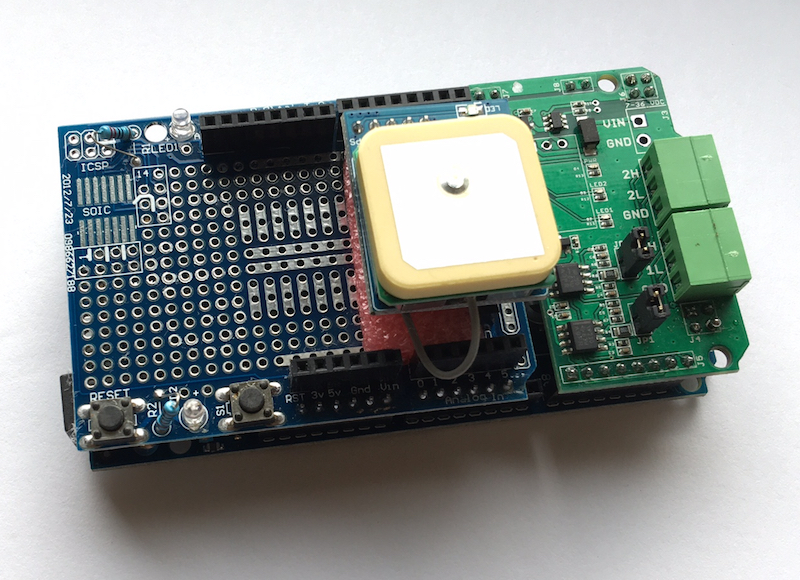

The CAN Relay Module PCB was designed to be as compact as possible, with a total footprint of the standard Arduino UNO. This feature makes it ideal for my intended use, as I would only be needing battery power at night when the off-grid solar powered inverter is not actively charging the main batteries, and providing 220v AC. The Module can also be powered directly from up to 12v DC by placing Jumper H2 in the V-REG position…Īs mentioned in a previous project, the MH-CD42 module can provide up to 2A of current to charge a battery and provide 5V DC on a direct bypass circuit to power the rest of the circuit while the battery is being charged.


Today, I will focus on the design of the node device, an Arduino compatible CAN Relay Module PCB, with a built-in, CAN Controller and Transceiver ( MCP2515 and TJA1050 ), and the option to be powered from a LiPo battery (18650 or Single 3.7v Lipo cell), with charging provided by an MH-CD42 Module, similar to that used in the SX128x project mentioned above. In a previous project, I introduced the LoRa-CAN Gateway, which will be used to send/receive messages from the master control unit, the SX127x-RA-02-Module. It was logical to decide to use CAN-BUS for communication between my LoRa-CAN Module and remote nodes in my ongoing farm telemetry system.

It originated in the car and heavy-duty truck industry in the United States, and is now widely used in other parts of the world.CAN-Bus allows us to add a lot of devices to a single bus (theoretically up to 127, with a practical limit of about 110). SAE J1939 is a commonly used protocol for communication and diagnostics between components in commercial vehicles. It uses messages composed mainly of two parts: the standard format with an 11-bit identifier, and the extended format with a 29-bit identifier. It is one of the protocols used in the OBD-II vehicle diagnostics standard and is widely used across many industries, in addition to automotive. The CAN bus specifications include CAN 2.0, ISO 11898 and CAN FD. CAN bus (Controller Area Network) is a vehicle bus communications interface originally developed by Bosch.


 0 kommentar(er)
0 kommentar(er)
